What iPhone screen size should you get: 4-inches, 4.7-inches, or 5.5-inches?
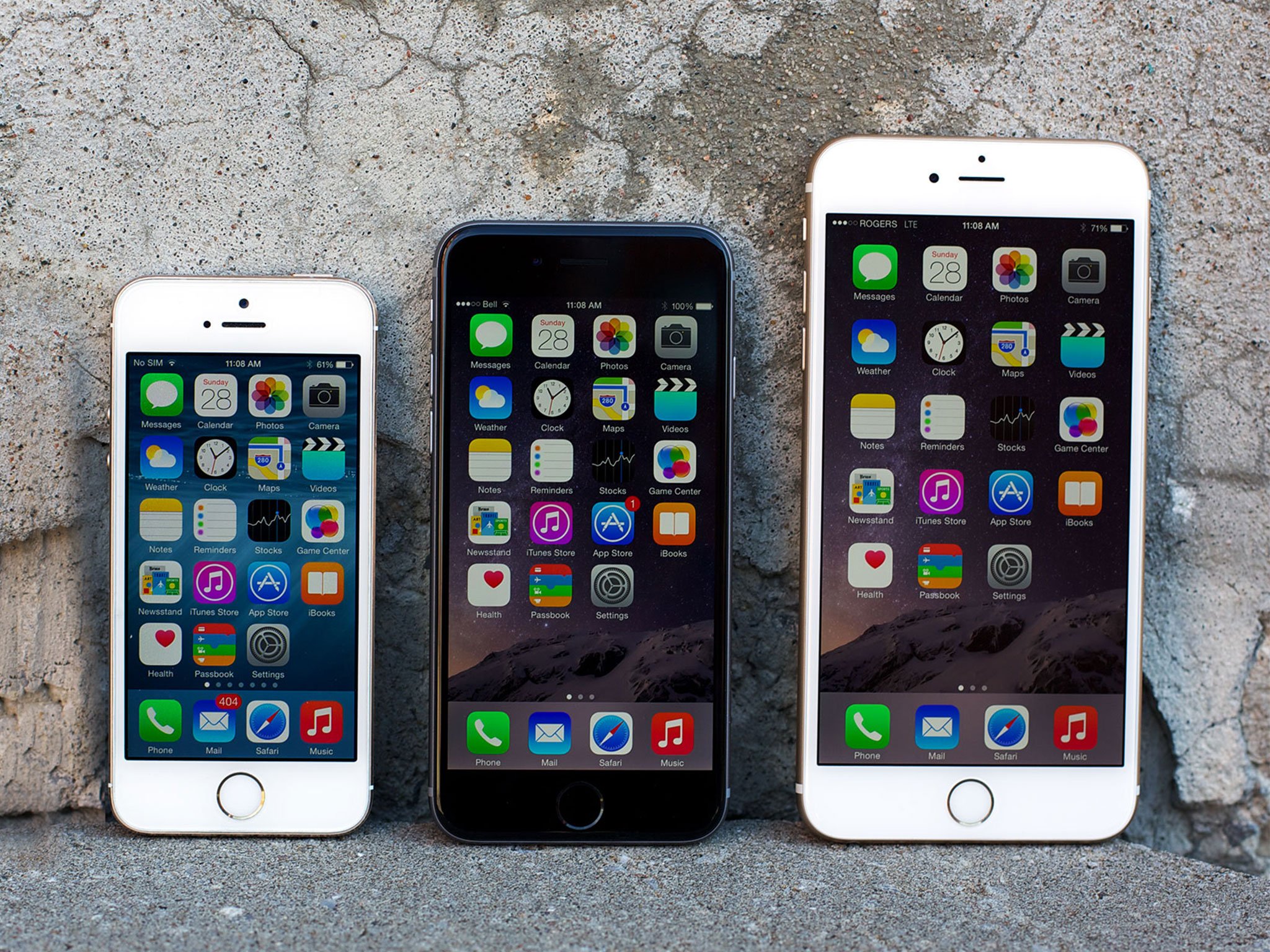
Apple is now fielding fully modern iPhones in three separate sizes. There's the 4-inch iPhone SE, the 4.7-inch iPhone 6s, and the 5.5-inch iPhone 6s Plus. On one end you have maximum portability and, on the other, maximum productivity. Which ones is best will depend entirely on what you want to do with it. So, let's break it own!
Display size
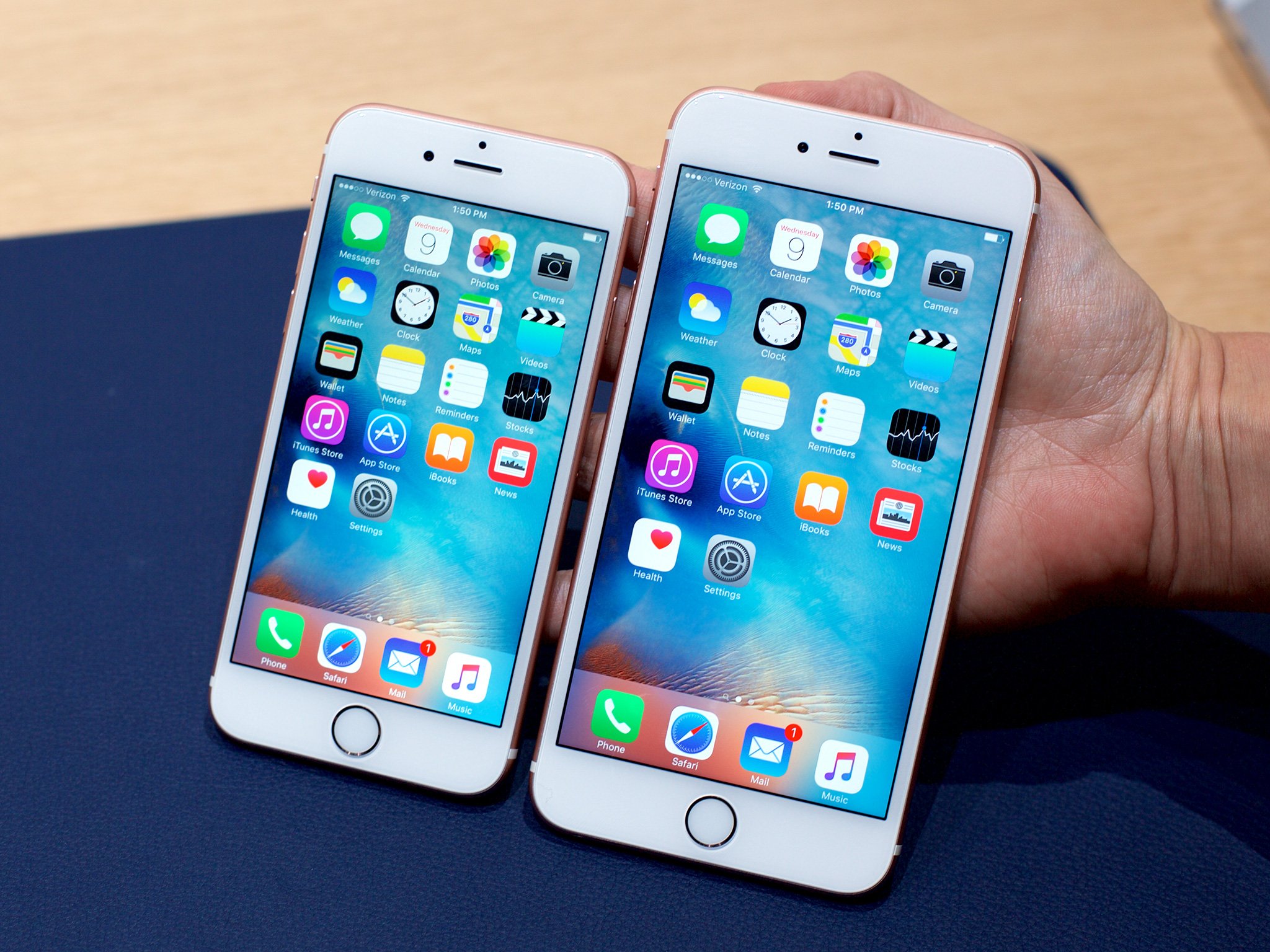
iPhone SE has a 4-inch display at 326 pixels-per-inch (ppi), iPhone 6s a 4.7-inch display at 326 ppi, and iPhone 6s Plus a 5.5-inch display at 401 ppi. All of them are light-emmiting diode (LED) backlit, dual domain in-plane switching (DD-IPS) liquid crystal displays (LCD). That's a lot of alphabet soup to say they're all bright, crisp, with consistent color at wide viewing angles and excellent anti-glare.
Here's how those compare in terms of physical size:
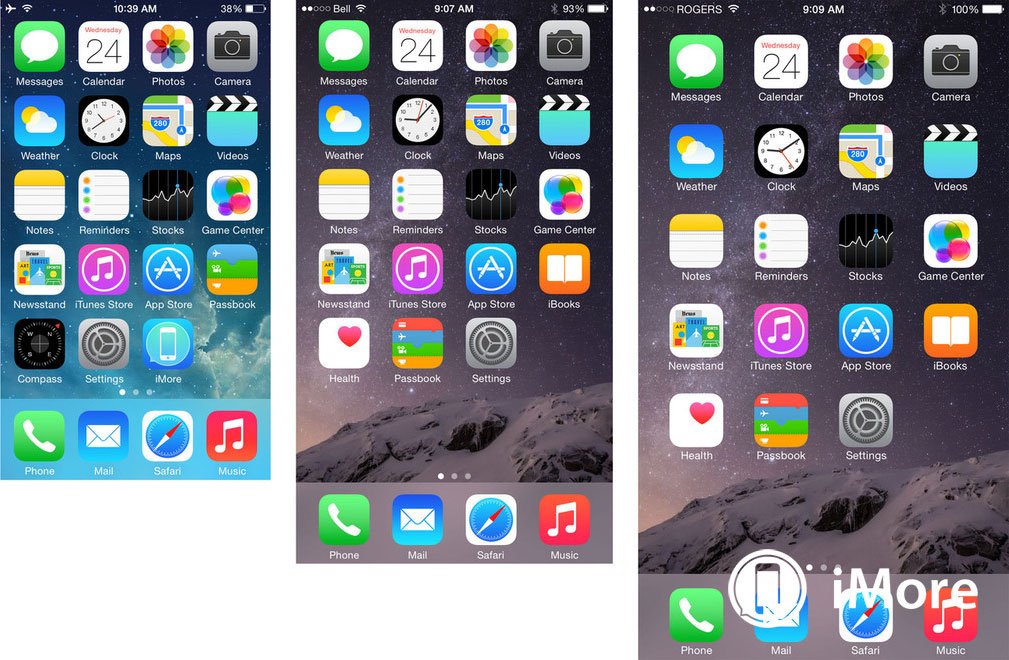
4-inches is towards the low-end of display sizes these days; few manufacturers still make them and I'm hard-pressed to think of any in the iPhone SE's class. 5.5-inches, while large for Apple, is increasingly normal in the larger phone market and some manufacturers go all the way to 6-inches these days.
Since the display is effectively your "window" into the internet and apps, you'll want to balance how much you can see with how much you want to carry around with you.
- If you're constantly traveling with an iPad or MacBook (or any tablet and laptop) you may be fine with the smaller iPhone SE.
- If you only want to travel with one device, you may want it to be the iPhone 6s Plus.
Pixel count
iPhone SE has a 1136x640 display (727,040 total). iPhone 6s has a 1334x750 display (1,000,500 total). iPhone 6s Plus has a 1920x1080 display (2,073,600 total) that's actually 2208x1242 internally (2,742,336 total) but scaled down for display.
Master your iPhone in minutes
iMore offers spot-on advice and guidance from our team of experts, with decades of Apple device experience to lean on. Learn more with iMore!
Here's how that looks in terms of pixel count:
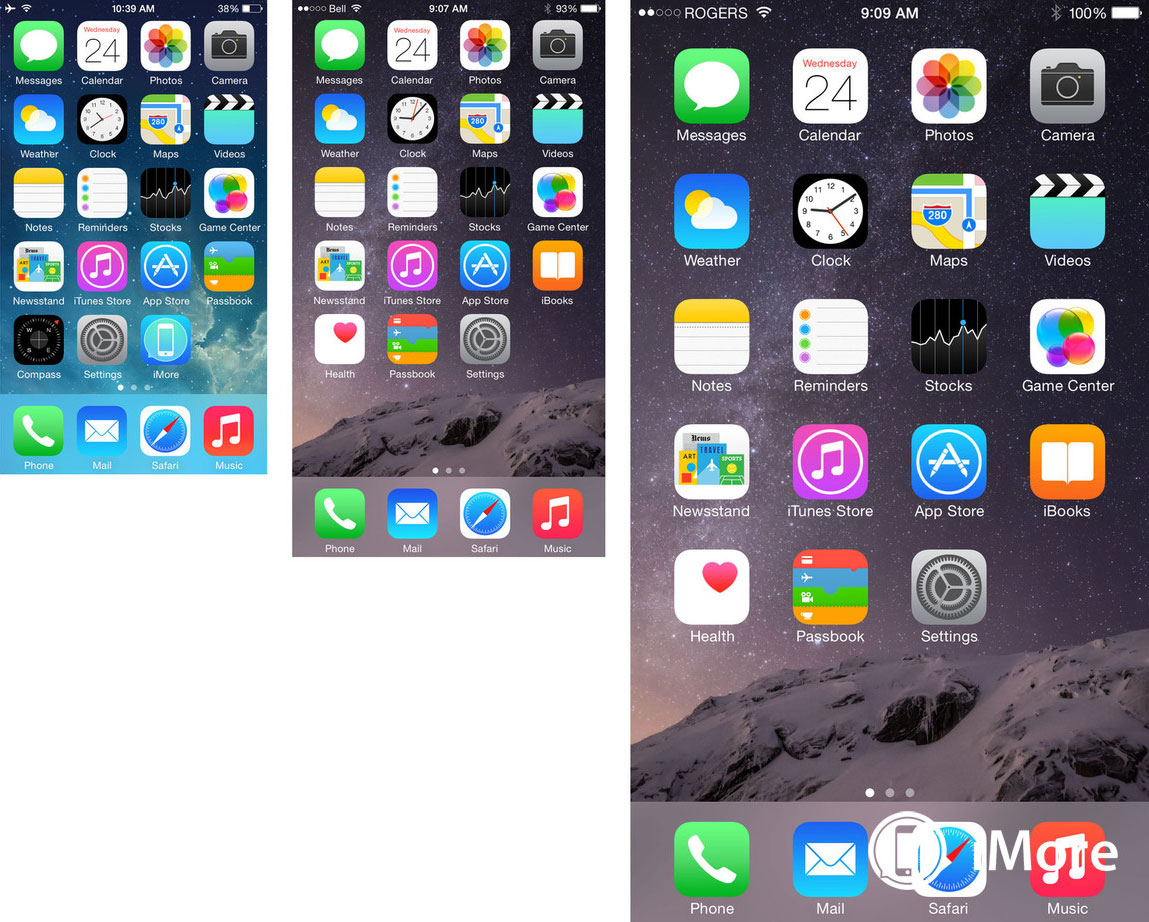
- Obviously, if pixel count is super important to you, you'll want to stick with the iPhone 6s Plus.
Accessibility
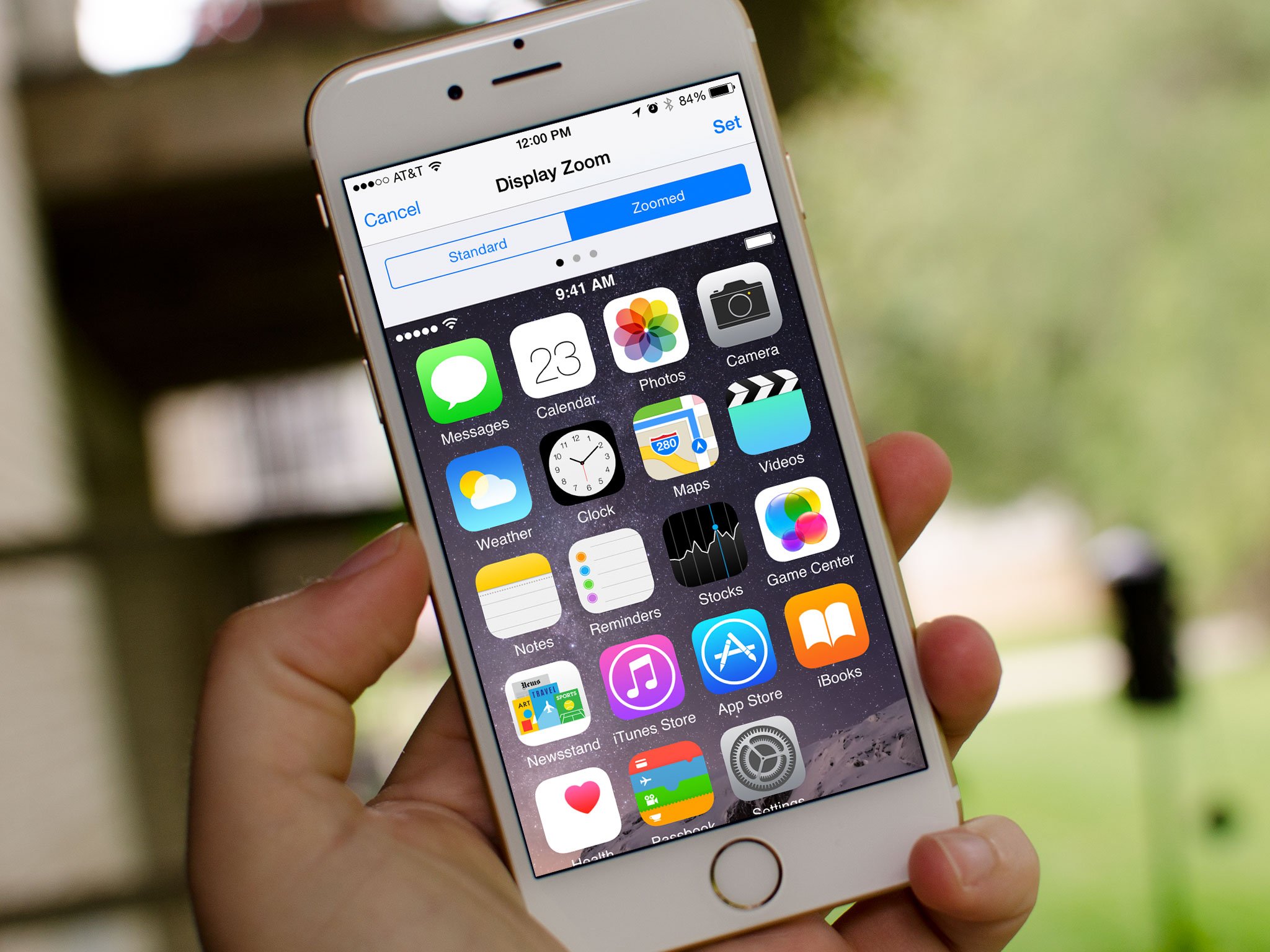
If you don't want more pixels but just want bigger pixels, iPhone 6s and iPhone 6s Plus can do that too. Thanks to Display Zoom, you can tell an iPhone 6s to use the iPhone SE interface and magnify it up, or tell an iPhone 6s Plus to use the iPhone 6s interface and magnify it up.
That way there's not more stuff on the screen, simply bigger stuff that's easier to see and interact with. For anyone with visual accessibility needs, it's incredibly important to consider.
- If a bigger interface is necessary for you to see and interact with your iPhone, get an iPhone 6 or iPhone 6s and use Display Zoom.
Reachability
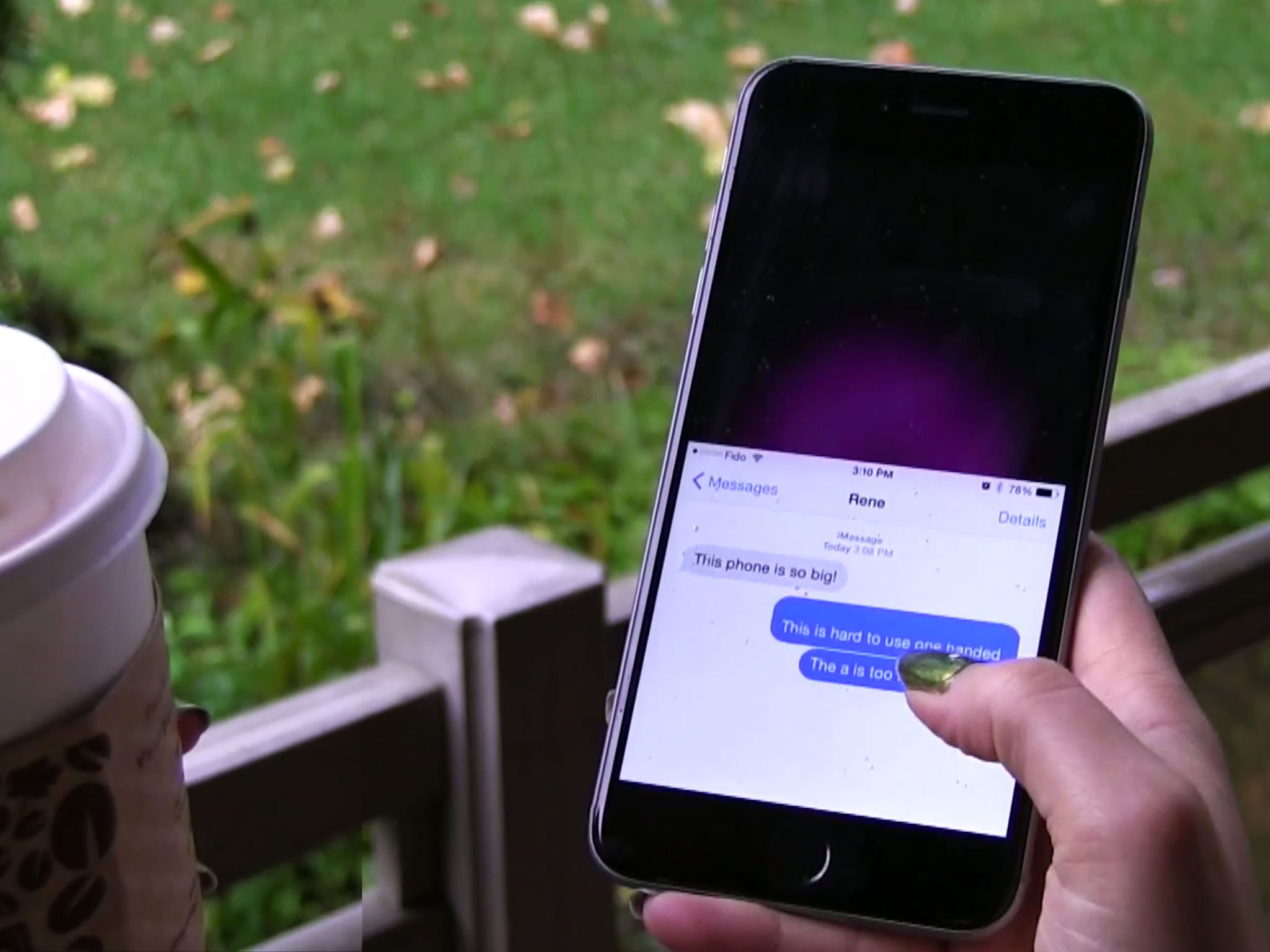
The 4-inch iPhone SE is small enough the most people can reach every corner of the display, even with a single hand and thumb. The 4.7-inch iPhone 6s and 5.5-inch iPhone 6s Plus, not so much.
To make up for the more expansive displays, Apple introduced Reachability mode. Simply tap — not press! — the Home button twice and the entire interface shifts halfway down so you can more easily access the controls at the top.
- If you want constant one-handed ease of use, get an iPhone SE.
- If you can manage the big or bigger sizes, Reachability mode can help with iPhone 6s and iPhone 6s Plus.
Productivity
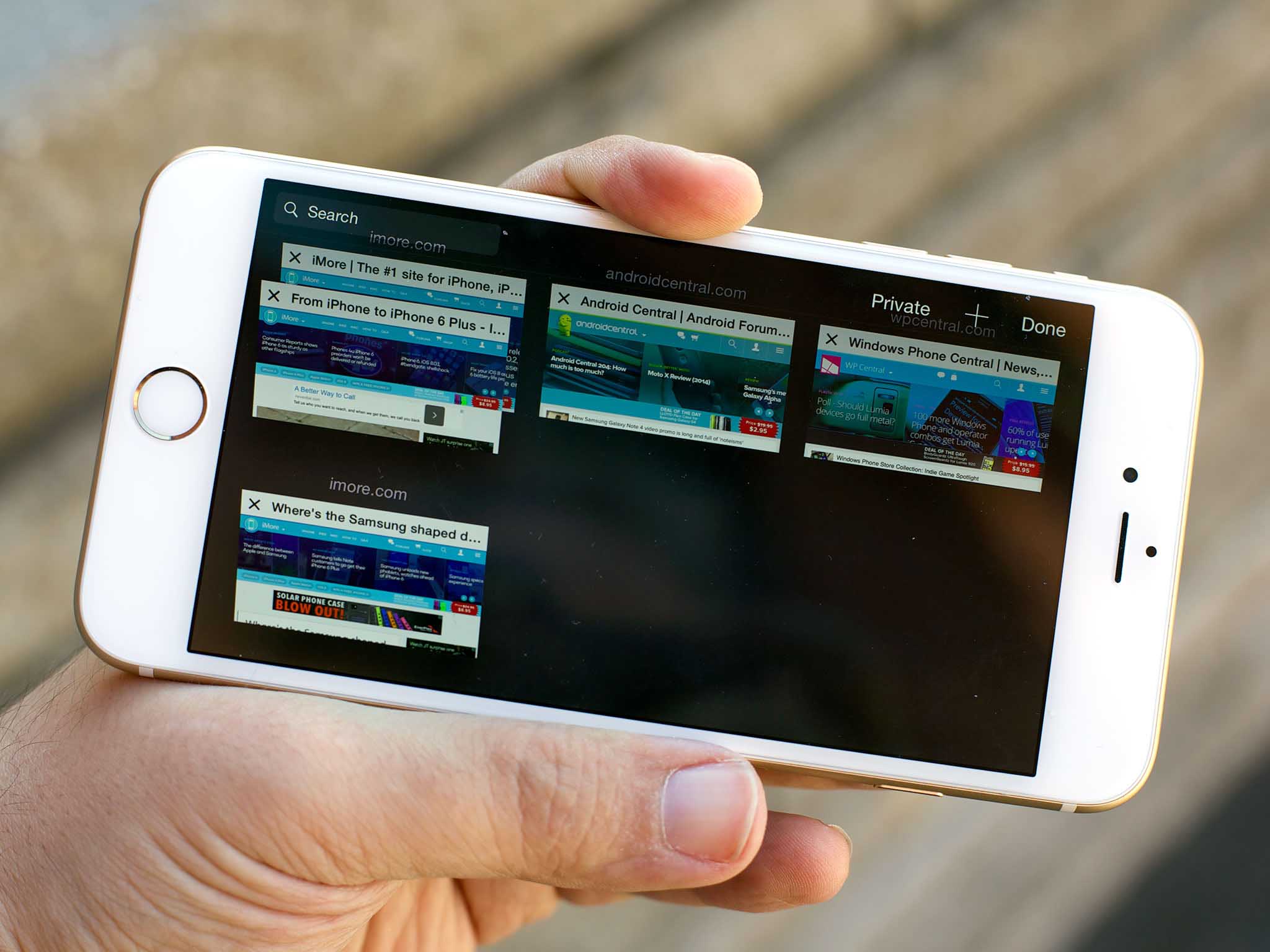
The iPhone 6s Plus has so many pixels that, in landscape mode, it acts like an iPad. Mail goes from one column to two columns. So does Messages, Notes, and a host of other apps. Safari gets tabs and the rest of the tablet treatment. It may not sound like much but it's a huge boon for productivity.
- If you like the idea of having a big iPhone in portrait and a tiny iPad in landscape, get the iPhone 6s Plus.
Casing size
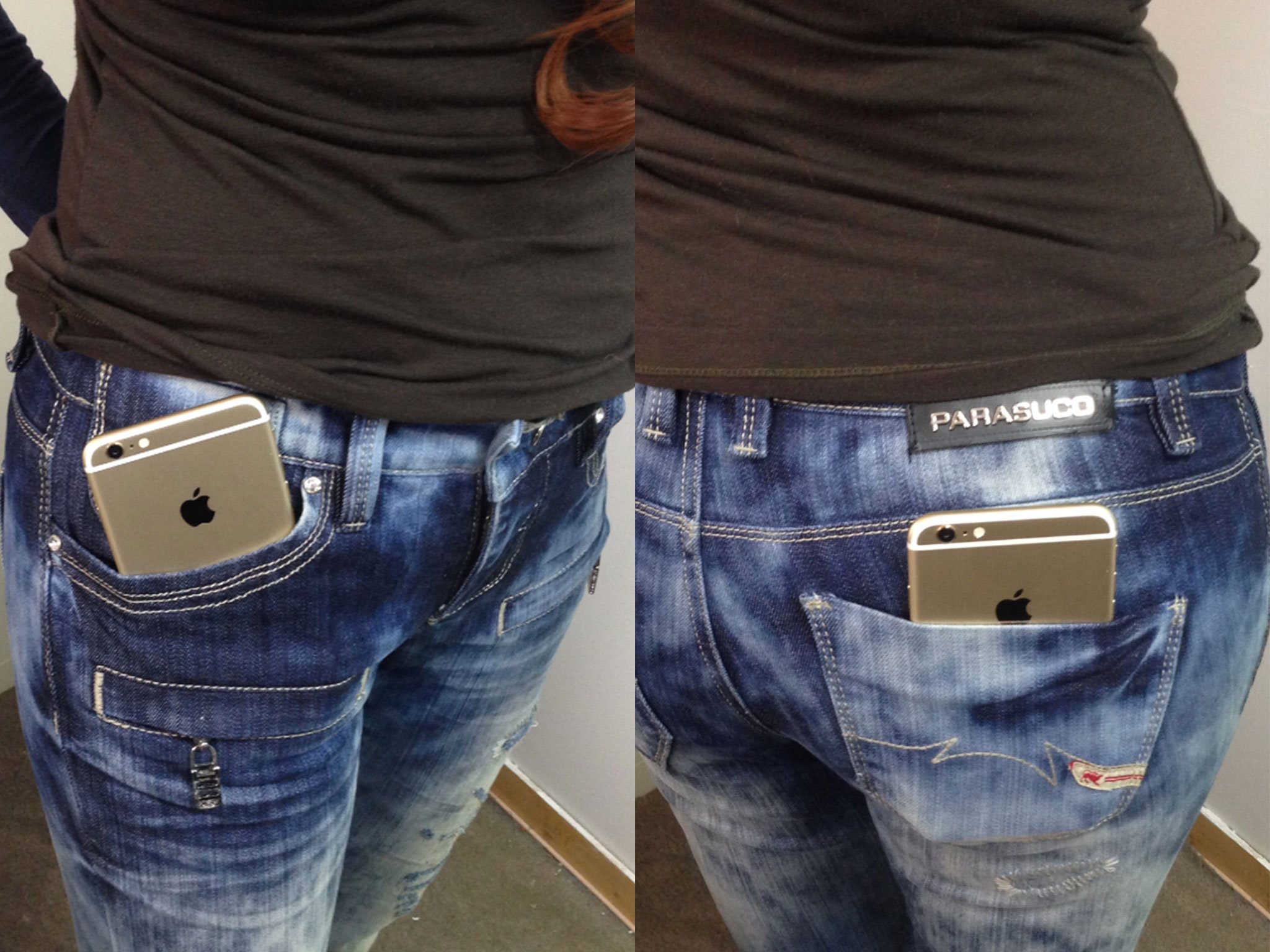
Bigger displays make for bigger phones.
- iPhone 6s Plus is 6.23 inches (158.2 mm) high, 3.07 inches (77.9 mm) wide, 0.29 inch (7.3 mm) deep, and weighs 6.77 ounces (192 grams)
- iPhone 6s is 5.44 inches (138.3 mm) high, 2.64 inches (67.1 mm) wide, 0.28 inch (7.1 mm) deep, and weighs 5.04 ounces (143 grams).
- iPhone SE is 4.87 inches (123.8 mm) high, 2.31 inches (58.6 mm) wide, 0.30 inch (7.6 mm) deep, and weighs 3.95 ounces (112 grams).
That means iPhone SE is easy to slip into smaller pockets, purses, and bags, and easier to hold and hold up for longer periods of time. Conversely, iPhone 6s Plus needs bigger pockets, purses, or bags, and takes more work to use one handed or to hold up for long periods of time.
- If you want something to fit into your skinny jeans or tiny clutch, or something you can easily use one handed, you want iPhone SE.
Who should get the 4-inch iPhone SE?
If you want the smallest iPhone available, one that'll fit into the smallest pocket or pouch, but that still has all the power and capabilities Apple has to offer, you want iPhone SE.
In other words, if small is where it's at, that's iPhone SE.
Who should get the 4.7-inch iPhone 6s?
If you want an iPhone that's bigger but doesn't really feel bigger, that has almost all the great new features but still fits easily into your hand and pocket, then you should go for the iPhone 6s.
In other words, if you want an iPhone that's still primarily a phone, that's iPhone 6s.
Who should get the 5.5-inch iPhone 6s Plus?
If you want an iPhone that's much bigger and feels it, but that offers a ton more pixels, better camera, and longer battery life even if it doesn't fit in every pocket or isn't as easy to use one-handed, then go for iPhone 6s Plus.
In other words, if you want a phone that's also a tiny tablet, that's iPhone 6s Plus.
Still undecided?
If you're still not sure about which iPhone to get, jump into our iPhone discussion forums and the best community in mobile will happily help you out.
Bottom line, your iPhone will be one of the most often-used, most important possessions in your life. Get the one that will fit your needs the best!
○ iPhone SE review
○ iPhone SE FAQ
○ iPhone SE buyers guide
○ iPhone SE hub
○ iPhone SE specs
○ iPhone SE discussion
○ See at Apple.com
○ iOS 10 news

Rene Ritchie is one of the most respected Apple analysts in the business, reaching a combined audience of over 40 million readers a month. His YouTube channel, Vector, has over 90 thousand subscribers and 14 million views and his podcasts, including Debug, have been downloaded over 20 million times. He also regularly co-hosts MacBreak Weekly for the TWiT network and co-hosted CES Live! and Talk Mobile. Based in Montreal, Rene is a former director of product marketing, web developer, and graphic designer. He's authored several books and appeared on numerous television and radio segments to discuss Apple and the technology industry. When not working, he likes to cook, grapple, and spend time with his friends and family.

